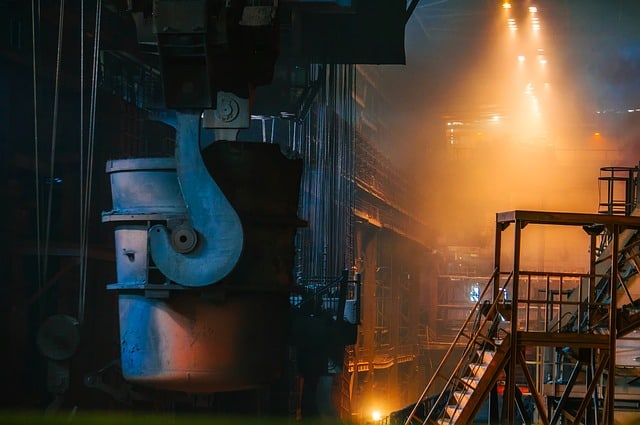Excess capacity, weak investment and low profit expectations continue to hurt Australia’s manufacturing sector as a result of pandemic-related restrictions, a survey of industrial trends has found.
The Australian Chamber-Westpac Survey of Industrial Trends indicates that business conditions remained weak in the September quarter; with investment, profit and employment expectations low and production lower than capacity.
Less work to do and less people needed
“The underutilisation of equipment and the workforce, which results in excess capacity, is bad news for any industry – it means less work to do and less people needed to do it,” Australian Chamber of Commerce and Industry CEO, James Pearson, said.
He believed the dramatic decline in the manufacturing sector had bottomed out in the September quarter with the reopening of the economy in most states and territories, yet the business outlook remained pessimistic – scarred by the second lockdown in Victoria.
“Coupled with expectations for most indicators (output, new orders, employment) continuing to trend downward, despite a marked slowing in the decline in the actual measure of these indicators, this survey tells us we have much more work to do to pull ourselves out of the slump,” Pearson stated.
The rate of contraction has slowed
Westpac Senior Economist, Andrew Hanlan, said although business conditions remained weak in the September quarter, the rate of contraction had improved compared to the June quarter.
“The Westpac–AusChamber Actual Composite improved to 42.4 in the September quarter after falling dramatically to 24.0 three months earlier [due to] the initial lock-down in response to Covid,” Hanlan said.
With the activity index still at a sub-50 level, this suggests that conditions are still contracting, but at a much slower rate. The index remains well below its pre-Covid level of 56 at the end of 2019.
Easing of travel restrictions will help
Pearson said that easing restrictions on travel between states and territories, plus the upcoming Federal Budget, provided the best opportunity to reverse ongoing negative sentiment.
“We need to restore business and household confidence so that we get the investment, jobs and spending that will set the economy on the path to a strong recovery,” he noted.












